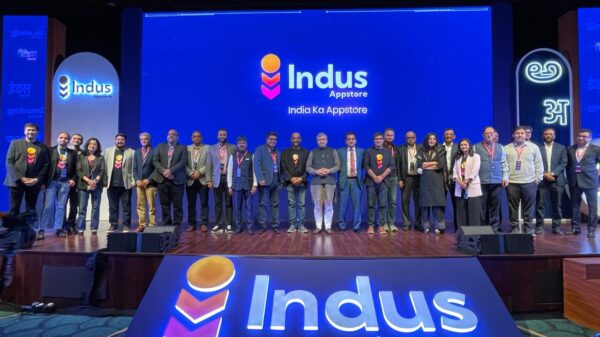In the petition filed by WhatsApp against the Indian government over the IT Rules 2021, the messaging platform has detailed how it deals with child sexual abuse content without breaking end-to-end encryption. The implementation of end-to-end encryption means that only the sender and recipient can decrypt and see the content of messages. It's worth noting that an ad-hoc committee Rajya Sabha Committee had recommended that that law enforcement agencies be permitted to break end-to-end encryption to trace abusers. Subsequently, the IT Rules 2021 have mandated that all significant social media intermediaries like WhatsApp have to enable the tracing of the originator of any information that it deems as child sexual abuse material. But WhatsApp has long maintained that it has zero tolerance for child sexual abuse material being shared on its platform, raising the question about how WhatsApp deals with child sexual abuse material if it cannot access the contents of a message. Here's how: In the case of child sexual abuse content, WhatsApp relies on available unencrypted information including user reports, profile photos, group photos, group subject, and descriptions to detect and prevent abuse. When a user reports a message they received as spam or illegal, the user unencrypts the message for WhatsApp. This allows WhatsApp to see the contents of the message in question and determine whether it has violated its terms of service. WhatsApp had also previously mentioned that it uses photo-matching technology called PhotoDNA to proactively scan profile photos for images of child abuse. If WhatsApp detects any…





























